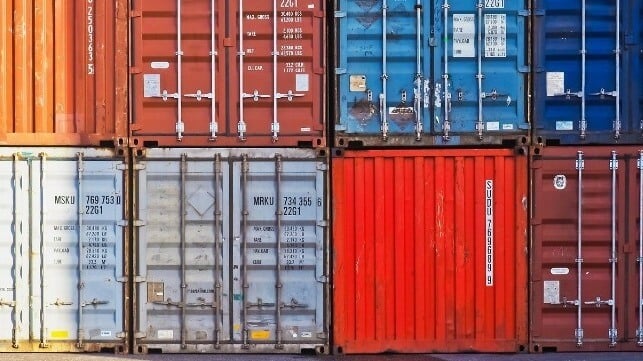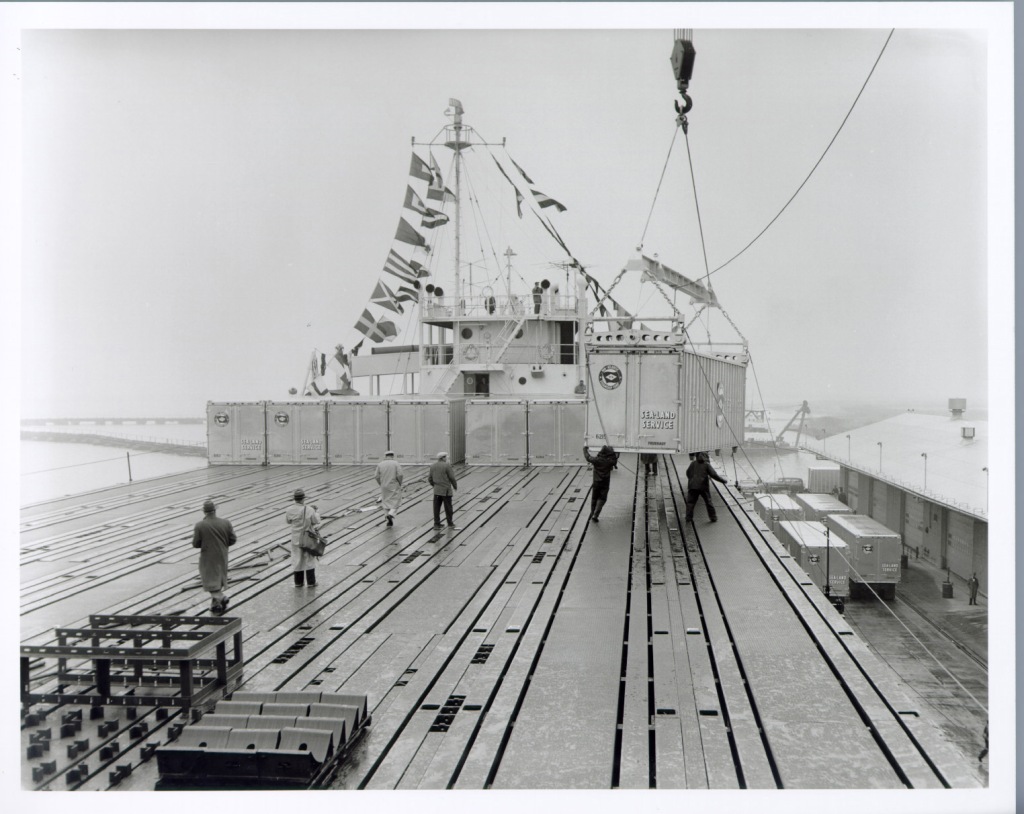Celebrating the Birthday of the Shipping Container

In the last week of April, the shipping community remembers the invention of the shipping container, one of the biggest milestones in modern maritime history. On April 26, 1956, the first commercial containership, Ideal X, made its maiden voyage from Newark to Houston. It was a culmination of a revolutionary business idea by the trucking tycoon Malcolm Mclean, who at the time was looking to develop a low-cost freight business.
Malcolm’s journey in the logistics industry began in 1934, when he formed the Mclean Trucking Company as a sole driver moving gasoline to a service station he managed in Red Springs, North Carolina. By 1950, McLean Trucking had become one of the largest transport companies in the U.S, with annual revenue approaching $15 million, according to shipping expert John McCown, a close confidant of Malcolm. John captured his encounters with Malcolm Mclean in his book "Giants of the Sea."
Malcolm’s vision for efficient shipping was hatched some time in 1937, after he spent hours at an export hub in Hoboken, New Jersey waiting for his full truckload of cotton bales to be unloaded.
“As he waited for hours, he watched each truck pulled alongside the ships and gangs of men first unloaded the truck and then placed the goods in cargo nets to be winched onboard the vessel,” recounted McCown. “He saw that a similar process in reverse was occurring on the ship. The same slow, laborious process unfolded with one truck after another. Malcolm was struck by the inefficiency he was witnessing.”
Inspired by the observations he made at Hoboken, Malcolm set out to overhaul the laborious breakbulk shipping that existed at the time. He believed there was a tremendous cost benefit to be realized by efficiently moving full loads of cargo.
This would lead Malcolm to acquire Waterman Steamship Corporation in 1955, a shipping company based in Alabama. Malcolm wanted to leverage the company’s subsidiary Pan-Atlantic Steamship as a suitable platform to implement his idea of moving truck trailers on vessels.
He then begun conversion of T-2 tankers into container vessels. One of the tankers built in 1945, originally named Potrero Hills, then renamed Ideal X after conversion, became the first manifestation of Malcolm’s idea of container shipping.

Cargo operations aboard Ideal X (Courtesy Port Authority of New York & New Jersey)
The Ideal X had been converted to carry 58 containers on deck and still had capacity to carry 15,000 tons of petroleum cargo in the tank holds. Malcolm wanted 33 foot long by eight foot wide containers, as at the time these were the dimensions allowed with highway trailers in the U.S.
The International Standards Organization would later standardize the shipping container in 1968 to the dimensions of 20 feet long, 8 feet wide and 8 feet high. 40-foot and 53-foot containers are now standard as well.
This steel box would go on to spur globalization, permanently changing the way the world traded.
“The value of this utilitarian object lies not in what it is, but in how it is used. The container is at the core of a highly automated system for moving goods from anywhere, to anywhere, with a minimum of cost and complication on the way,” wrote economist Marc Levinson in his book “The Box.”
Most importantly, the shipping container heralded a new global economy. It made it possible for poor countries to supply their resources to wealthy nations, leading to sprawling industrial complexes that revolutionized Southeast Asia.
Indeed, the spectacular evolution of container shipping from the April 1956 Ideal-X voyage to the current system is a site to behold. How logistics companies integrate the shipping container with emerging technologies such as IoT (internet of things) and AI could bring a completely new future for the industry.
The opinions expressed herein are the author's and not necessarily those of The Maritime Executive.
